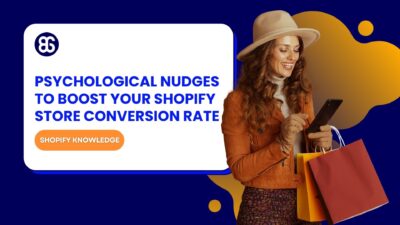
3 Simple Psychological Nudges To Boost Your Shopify Store Conversion Rate
The “Add to Cart” click is a good start, but high cart abandonment rates-70-80%-prove the completed purchase is the...
Digital Marketing Specialist
To boost your store’s revenue, you may upsell and cross-sell on Shopify. These powerful strategies encourage customers to purchase more or higher-value products. Utilizing them means strategically offering related items or upgrades at key points in the buying journey to increase your average order value and enhance customer satisfaction.
This article will let you go through effective upsell and cross-sell methods, tools, and techniques for Shopify. Discover it with us to enjoy higher sales!
Upselling on Shopify is a sales method that encourages customers to take a higher-end product than the one they are considering. This might involve recommending a premium product version, adding features, or offering a bundle that provides more value. Upselling helps you increase the average order value by convincing customers to spend more for enhanced benefits.
Cross-selling involves suggesting complementary or related products that a customer might find useful alongside their current selection. It often includes product recommendations displayed on product pages, in the cart, or during checkout. This method aims to add value to the customer’s purchase by offering items that complement their primary choice, thereby increasing the overall sale.
Both upselling and cross-selling aim to maximize revenue, but they differ in approach and objective. Upselling focuses on enhancing the original product choice by steering the customer toward a more expensive or feature-rich option. Meanwhile, cross-selling involves introducing additional products that complement the primary purchase.
The main purpose of upselling is to increase revenue from a single transaction by encouraging customers to choose a more expensive or premium product option. Cross-selling, on the other hand, aims to increase the total number of items purchased and enhance the overall shopping experience. Upselling can help increase the average order value with minimal effort, while cross-selling can improve the overall customer experience by providing additional value.
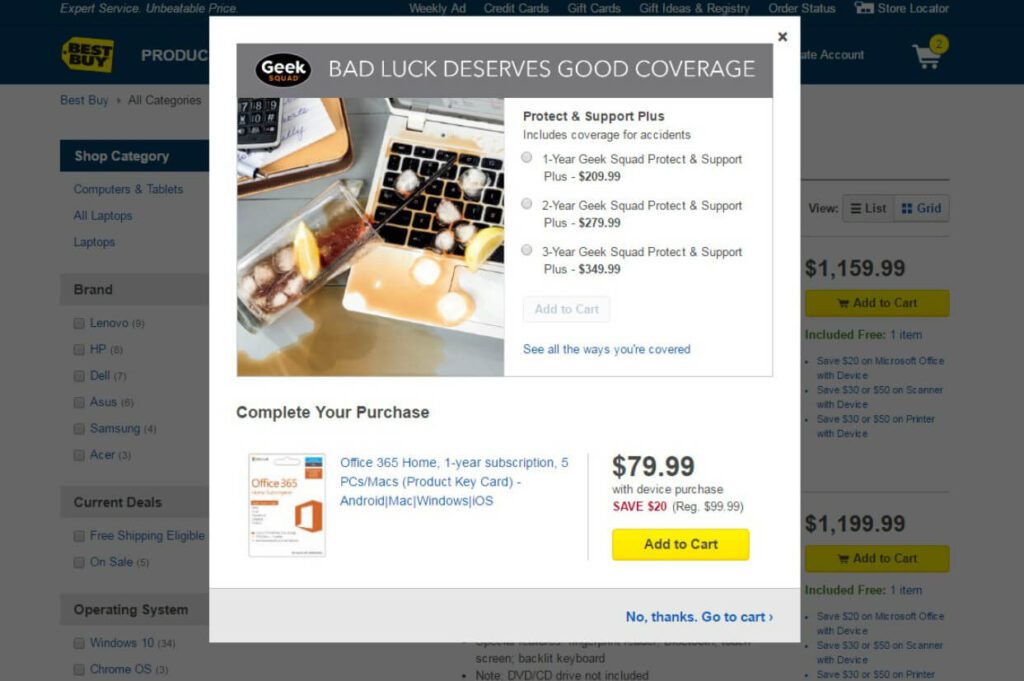
Upsells with Popups effectively grab customers’ attention and immediately suggest relevant products or upgrades. Popups can significantly increase the chances of upselling or cross-selling when used strategically. They can guide customers toward making additional purchases without disrupting their shopping experience. However, it’s essential to keep in mind certain do’s and don’ts when using discount popups as follows:
Do’s:
Don’ts:
Read more: Best Shopify Popup Apps for 2025: Lead Generation, Sale, Engagement & More.
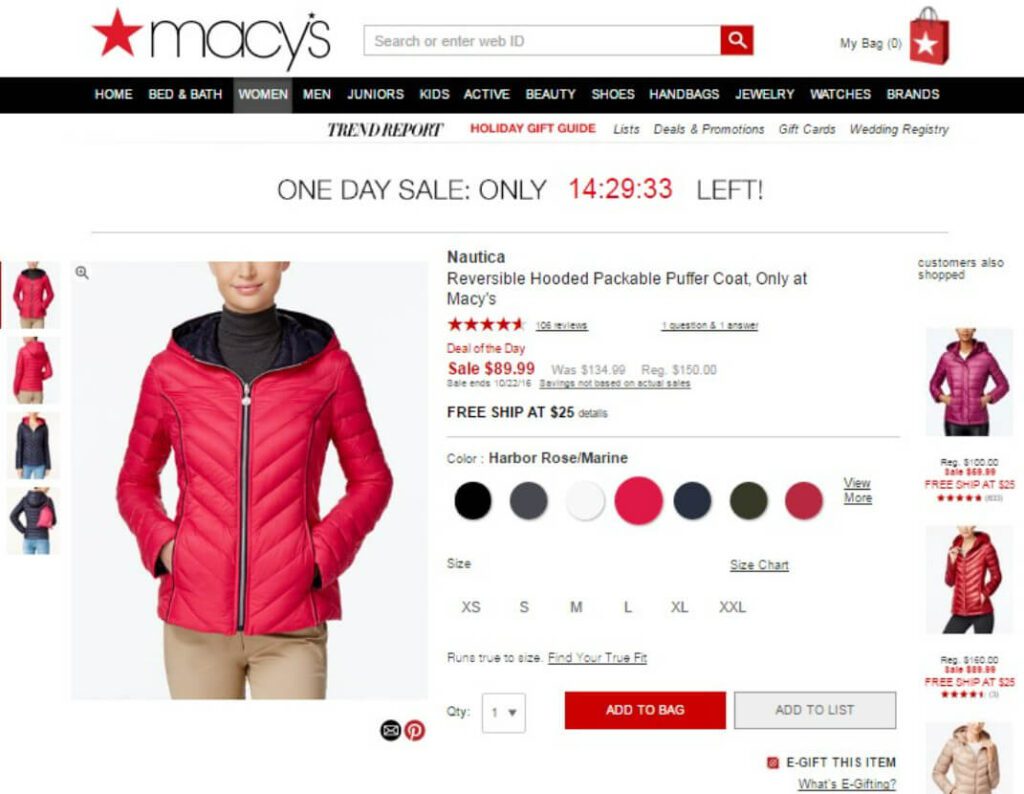
The add-ons section on your product pages is great for upselling and cross-selling. You can increase the average order value and improve overall satisfaction by showcasing related products that enhance the customer’s main purchase.
Dos:
Don’ts:
An upsell and cross-sell funnel is a structured approach to guiding customers through the purchasing process, with strategically placed offers at each stage. This method encourages customers to consider additional or higher-value items, ultimately increasing your store’s revenue.
Do’s:
Don’ts:
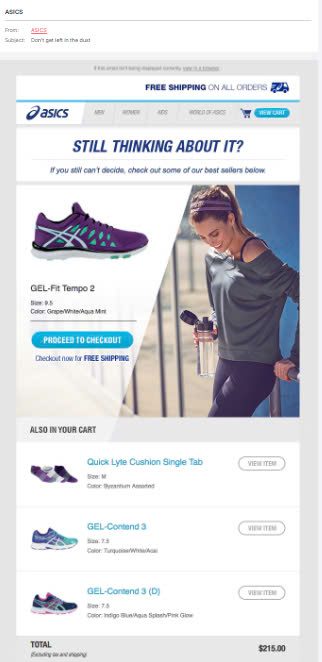
You can continue upselling and cross-selling after the customer has left your site with email follow-ups. Sending targeted emails with relevant product suggestions can foster repeat purchases and build long-term customer relationships.
Dos:
Don’ts:
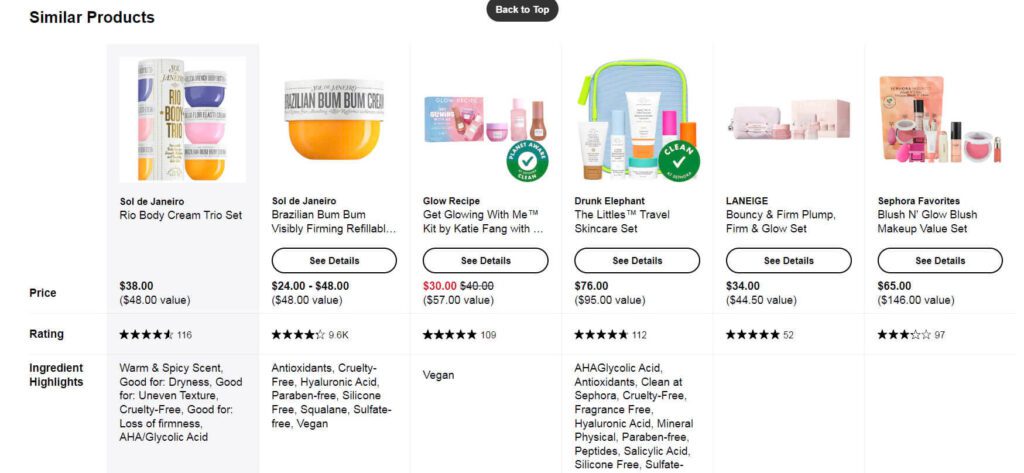
Product bundles allow you to combine related items into a single, value-driven package. This method is particularly effective for cross-selling because customers are more likely to opt for a bundle that offers savings and convenience compared to buying items separately.
Dos:
Don’ts:
As an alternative to third-party apps, you can use the Buy X get Y feature of Shopify to upsell and cross-sell. With this feature, you can set up the condition based on the quantity of items or purchase amount. Via this mechanism, customers are encouraged to buy more items to get discounts. Using such a feature will save the subscription fees for apps, but it is not flexible in creating upselling and cross-selling offers.
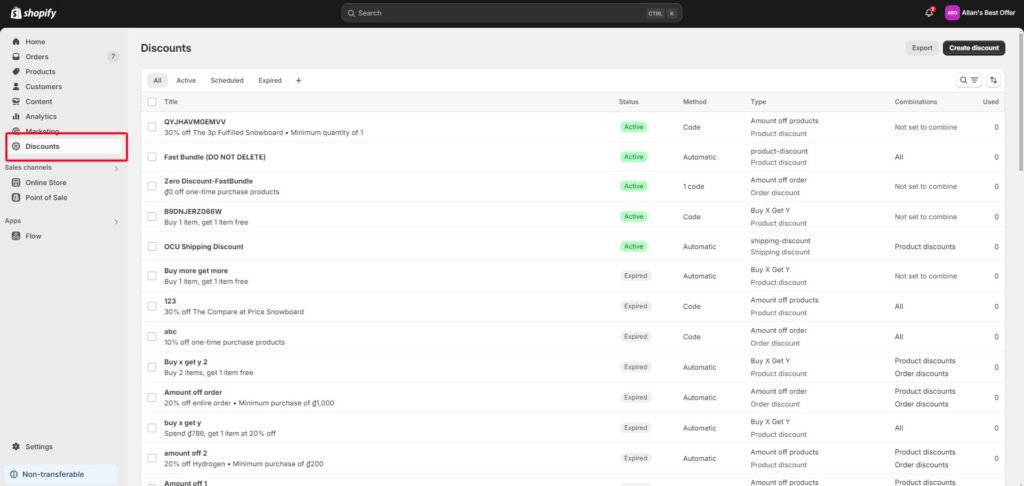
Besides, you can leverage coding to upsell and cross-sell on Shopify. By utilizing custom coding, you can add custom upsell features directly to your store’s theme without relying on third-party extensions. For instance, you can modify your product pages to display higher-end versions or premium upgrades of the items customers are viewing. This can be done by coding custom product recommendations that pull in related or more expensive products.
Another technique is to create custom product options or variants that include additional features, making it easier for customers to opt for a higher-value purchase. You can also modify the checkout flow to include custom upsell offers, such as suggesting a premium product or bundle before the customer completes their order.
Customizing code allows you to tailor the upsell or cross-sell experience to match your store’s branding and customer needs. However, it requires technical knowledge, and it can be time-consuming. Besides, you may need to update the code when there are theme changes or Shopify updates.
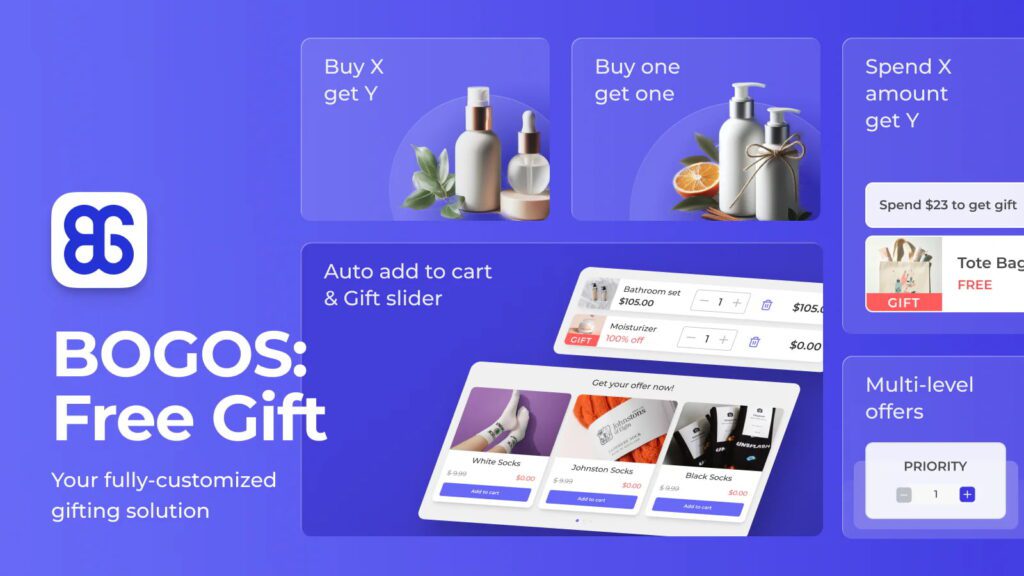
The first option you can consider when choosing an app for creating upselling and cross-selling offers is BOGOS. With the app, you can set up various powerful offers based on certain conditions, such as cart value, cart quantity, or specific products. When customers match the pre-set condition, the app will display a popup offering products. It also provides different options to notify customers of your offers via its Today’s Offer or Gift icon features.
BOGOS also has advanced rules to help you set up more detailed conditions. You can customize your upselling or cross-selling offers with specific rules such as location, order history, customer tags, or specific URLs. BOGOS also offers detailed reports so you can track the impact of your offers.
The app is easy to use, so you can navigate without focusing on a learning curve. You will benefit from responsive customer service, which will provide responses only within 2 minutes on average.
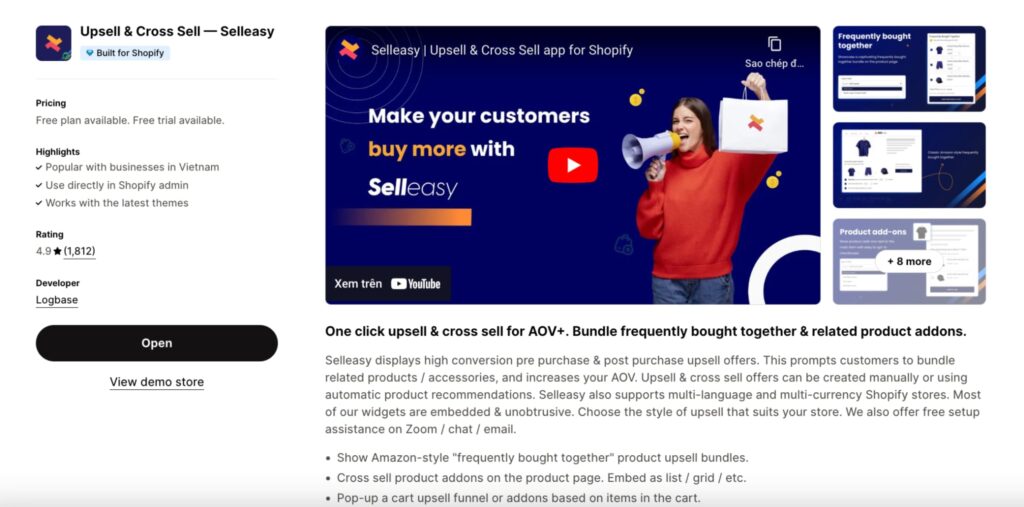
You can also choose the app Selleasy to increase your Shopify store’s average order value. It’s designed to help Shopify merchants boost sales via upselling and cross-selling. The app allows you to create cross-sell product add-ons on the product page and pop up a cart upsell funnel or add-ons. You can also display a post-purchase upsell page with one click upsell or cross-sell related products via the thank you page. Such upsell and cross-sell offers can be set up manually or automatically via automatic product recommendations.
Selleasy supports many languages and currencies, so you can use it to serve a global audience. It is highly appreciated for its ease of use, customization options, and good integration with Shopify stores. Selleasy’s customer service team also provides great customer support, including free setup assistance via Zoom, chat, or email. You can utilize the app’s free plan; otherwise, its pricing tiers are very affordable.
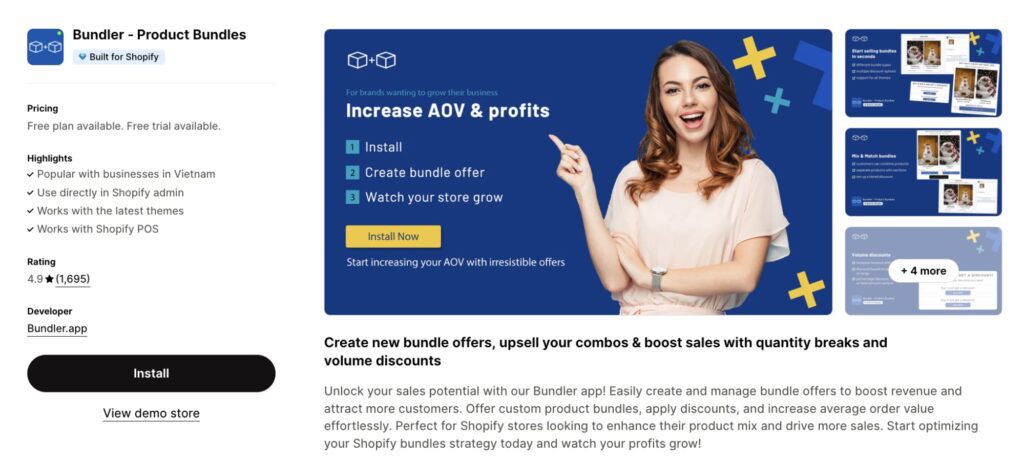
Bundler is another choice for you when upselling and cross-selling on Shopify. With the app, you can implement such strategies on product pages, cart pages, and popups. It also enables you to build an upsell funnel. This contributes to your store’s increase in average order value. Bundler provides detailed analytics on your offers’ performance, letting you know your strategy’s work and optimize it.
The app also has many features that help merchants create and manage bundles. You can make different bundle types and upsell bundles. They can be classic, mix-and-match, and tiered discount bundles. Bundler has a user-friendly interface that is easy to set up and use. It provides a free plan for you to try. Its premium packages are also very affordable.
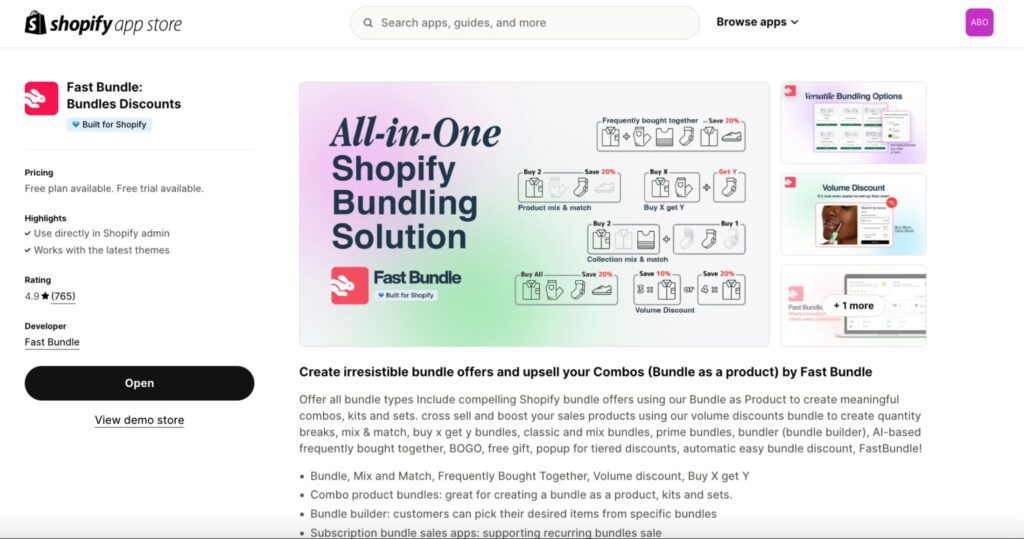
The next Shopify upsell and cross-sell app is Fast Bundle. It helps Shopify merchants create product bundles and upsell bundles, boosting sales through various bundling options. You can utilize its provided combo product bundles for customizable kits, mix and match for personalized bundle creation, and AI-based frequently bought together suggestions to convince customers to buy.
The app’s customization options let you make things align with your store’s themes. It’s user-friendly and requires no technical expertise. Fast Bundle supports many languages and currencies, enhancing its global appeal. It has a free plan and a free trial for testing and trying.
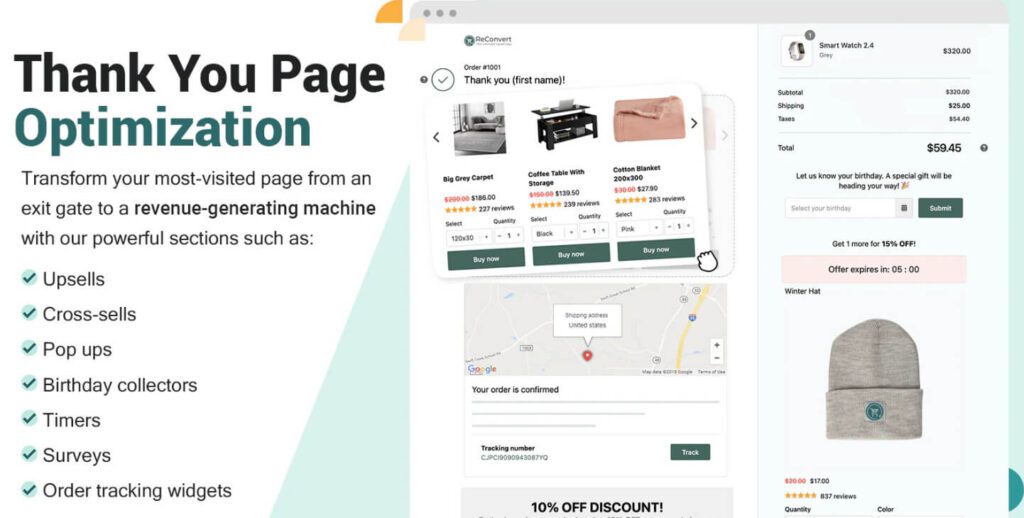
ReConvert can also be a great option for upselling and cross-selling. The app allows you to create cart upsell, checkout upsell, product page upsell, and thank you page upsell. Among them, it focuses on checkout and post-purchase upsells and cross-sells. Its drag-and-drop interface enables you to customize these pages easily, incorporating features such as personalized recommendations, one-click upsells, and order tracking.
ReConvert is praised for the significant boost in sales it brings. It also provides detailed analytics for merchants to follow and adjust their strategies for maximizing performance. It has a free plan to try and test the features. Also, the premium packages are very affordable.
One of the most important factors in successful upselling and cross-selling is where you place your offers. Placing them in the right spots on your site makes sure customers see them at the best times. Product pages, shopping cart pages, and the checkout process are prime locations to introduce these offers.
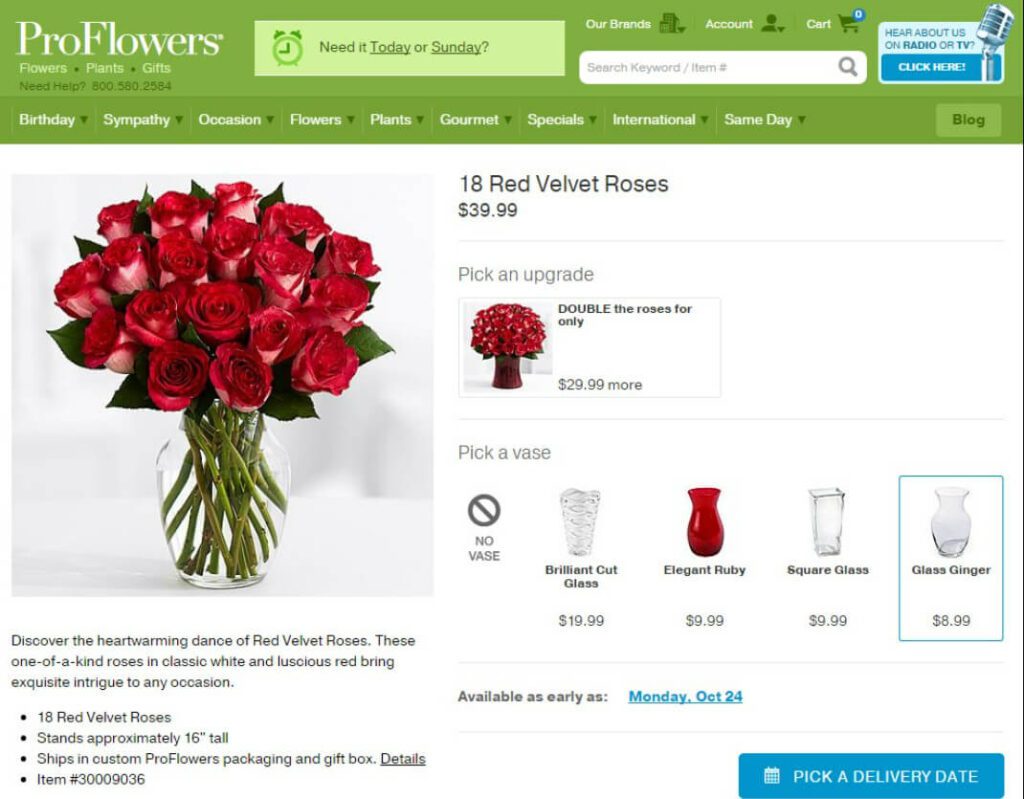
On product pages, consider displaying upsell suggestions, like premium versions or related items that could enhance the customer’s purchase. In the cart and during checkout, you can offer complementary products that add value to the existing order, such as accessories or related items. Strategically placing your offers ensures they reach customers when they are most likely to consider adding them to their cart.
Timing also decides the effectiveness of your upselling and cross-selling efforts. Offers presented too early might be ignored, while those presented too late could disrupt the purchasing process. The key is to introduce these offers when customers are most engaged and open to considering additional purchases.

Suggesting an upsell or cross-sell item right after a customer selects an item for their cart can be very effective. Alternatively, during the checkout process, you can offer last-minute deals on complementary products. Timed well, these offers can significantly increase the likelihood of a successful upsell or cross-sell.
Upselling and cross-selling are effective strategies, but offering too many at once can have the opposite effect. If customers feel overwhelmed, they might get frustrated or leave without buying anything. It’s important to find a balance between suggesting extra products and keeping the shopping experience smooth and enjoyable.
Limit your upsell and cross-sell offers to one or two per transaction. Prioritize quality over quantity, making sure that the offers you present are genuinely valuable to the customer. This approach prevents overwhelm and keeps the shopping experience positive.
Relevance is key to successful upselling and cross-selling. The products you suggest must align with the customer’s needs and interests. Irrelevant offers can fail to convert, disrupt the shopping experience, and reduce the likelihood of an additional purchase. You can use data, such as browsing history and previous purchases, to personalize your upsell and cross-sell offers, making them more relevant and appealing.
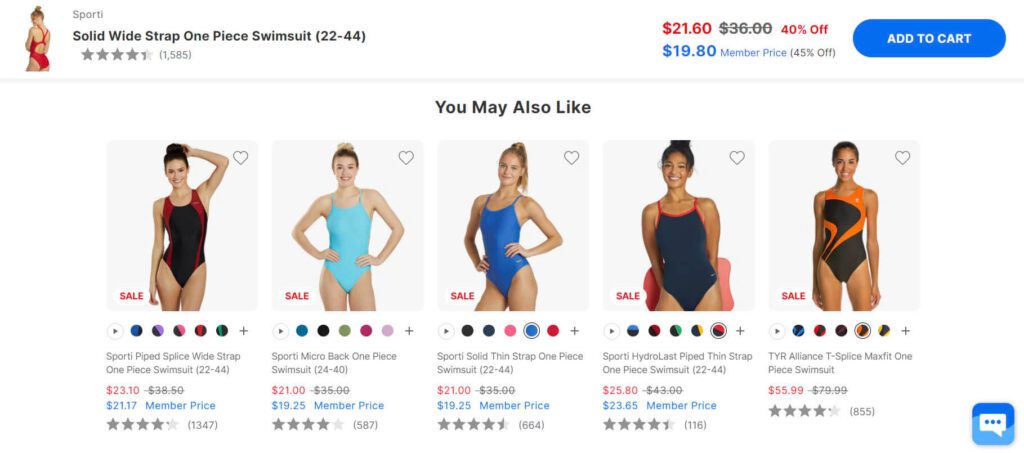
A well-designed offer is more likely to catch the customer’s attention and encourage them to explore the additional product. Thus, you should use eye-catching visuals, clear calls to action, and concise messaging to make your offers stand out.
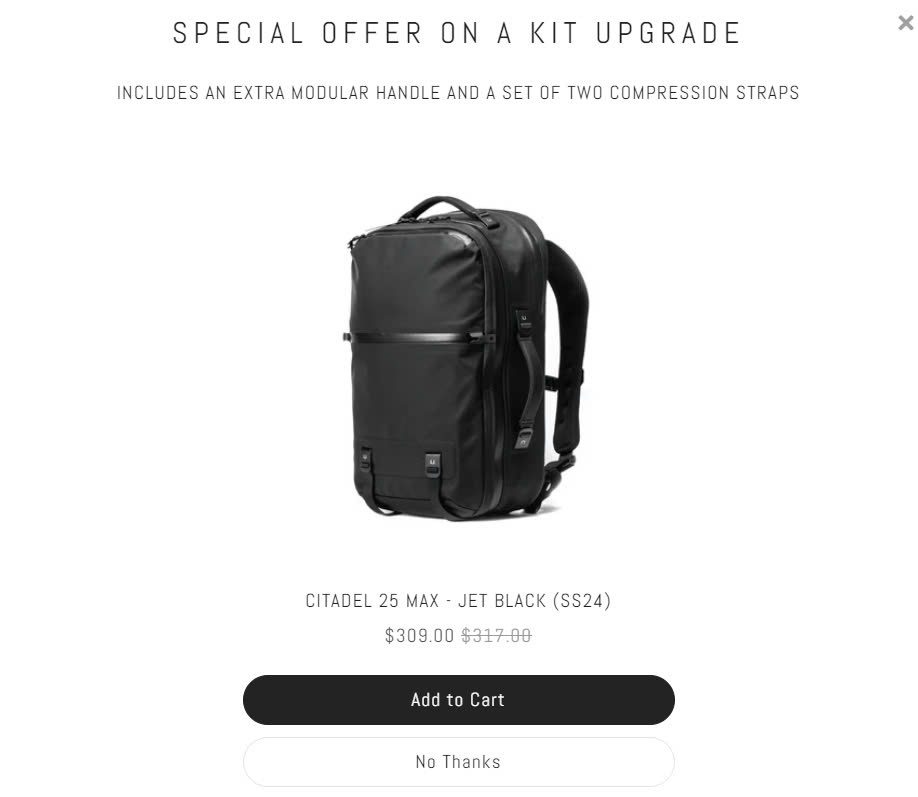
In addition, ensure that the design is consistent with your brand’s overall aesthetic so the offer feels like a natural part of the shopping experience. A compelling design can significantly enhance the effectiveness of your upselling and cross-selling efforts.
Creating a sense of urgency is a powerful psychological tool that can drive customers to make quicker decisions. Adding time-sensitive elements to your upsell and cross-sell offers lets you encourage customers to take action before the opportunity passes.
Countdown timers can also be effective in conveying the time-limited nature of an offer. When customers feel that they might miss out on a good deal, they’re more likely to complete the purchase quickly.
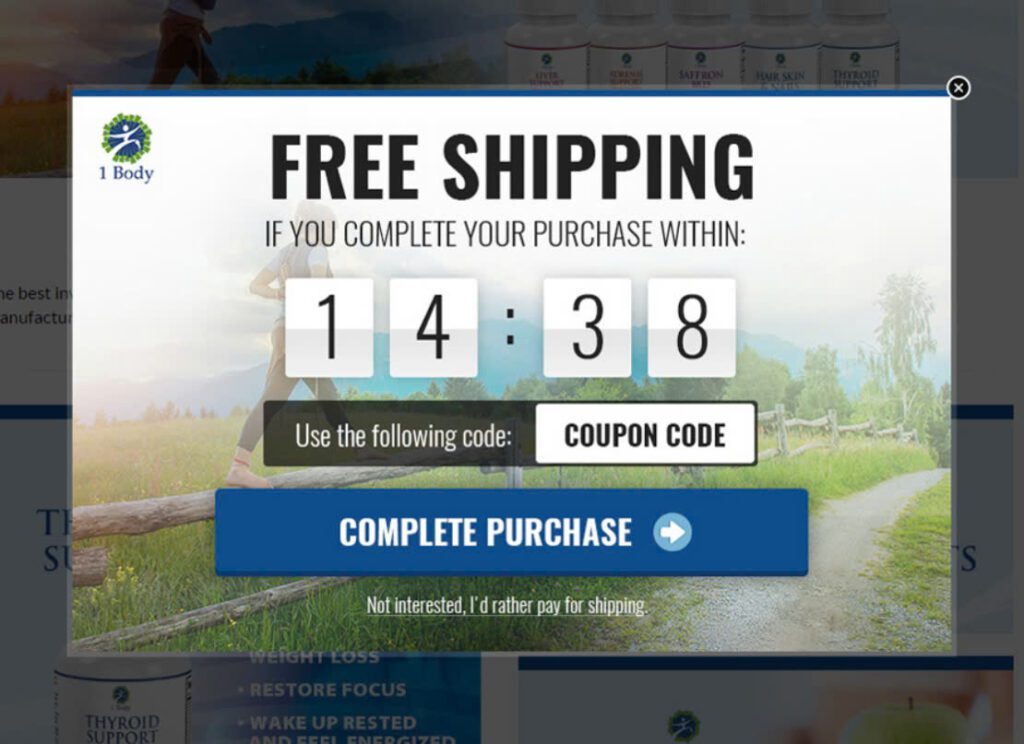
A/B testing helps you check different versions of your offers to determine what works best for your audience. It involves creating two or more variations of an offer and then comparing their performance to see which one generates the most conversions.
You should test various elements, such as the placement of the offer, the products featured, the design, the timing, and the messaging. Then, review the results to identify the most effective approach and implement those findings to enhance your strategy.
Continuous analysis and adjustment are crucial for maintaining and improving the effectiveness of your upselling and cross-selling efforts. Regularly review your sales data to see which offers are performing well and which ones are falling short. This analysis should include metrics such as conversion rates, average order value, and customer feedback.
Based on your analysis, make necessary adjustments to your strategy. This could involve refining your product recommendations, adjusting the design of your offers, or the timing of when they’re presented. The goal is to continually optimize your approach to ensure that your upselling and cross-selling efforts are as effective as possible.
Upselling and cross-selling on Shopify are powerful strategies for boosting your store’s revenue while enhancing the customer experience. By strategically placing offers, timing them well, and ensuring they are relevant and not overwhelming, you can effectively increase your average order value. Also, utilize third-party apps to optimize your efforts, driving growth and customer satisfaction for your Shopify business.
Both of them serve different purposes, and neither cross-selling nor upselling is inherently better. Sometimes, they are highly effective when used together.
Cross-selling encourages customers to buy related products, increasing the overall value of their purchase. Upselling, on the other hand, persuades customers to choose a more expensive version or add features to their existing selection. The best approach depends on your products and sales goals.
The main disadvantages of cross-selling include the risk of overwhelming customers with too many choices, which can lead to decision fatigue or cart abandonment. Offering irrelevant products may frustrate customers, damaging their trust and the shopping experience. In addition, poorly executed cross-selling can come across as pushy, potentially driving customers away instead of encouraging additional purchases.
To identify upsell and cross-sell opportunities, you should analyze customer purchase behavior and preferences. Look for patterns in buying habits, such as frequently paired items or common upgrades. Use data from past purchases, browsing history, and cart contents to suggest relevant products. Knowing your customers’ needs and preferences enables you to customize offers that enhance their shopping experience while increasing your sales.
You will need to focus on adding value to the customer’s experience. Suggest upgrades or complementary products that genuinely enhance their purchase and present these options naturally within the shopping flow. Use subtle prompts like “You might also like” or “Customers often choose” rather than aggressive sales tactics. Ensure that your upsell offers are relevant, helpful, and not overwhelming.


The “Add to Cart” click is a good start, but high cart abandonment rates-70-80%-prove the completed purchase is the...
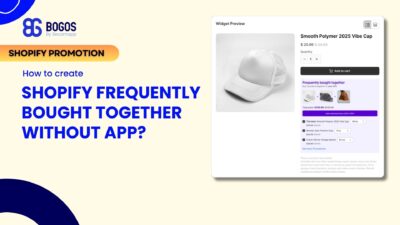
Shopify frequently bought together recommendations can boost your average order value by 10-30% by showing customers complementary products they’re...
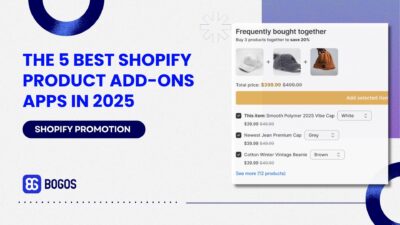
Summary Is your Shopify store making the most of product add-ons? Upselling add-ons is one of the most effective...
